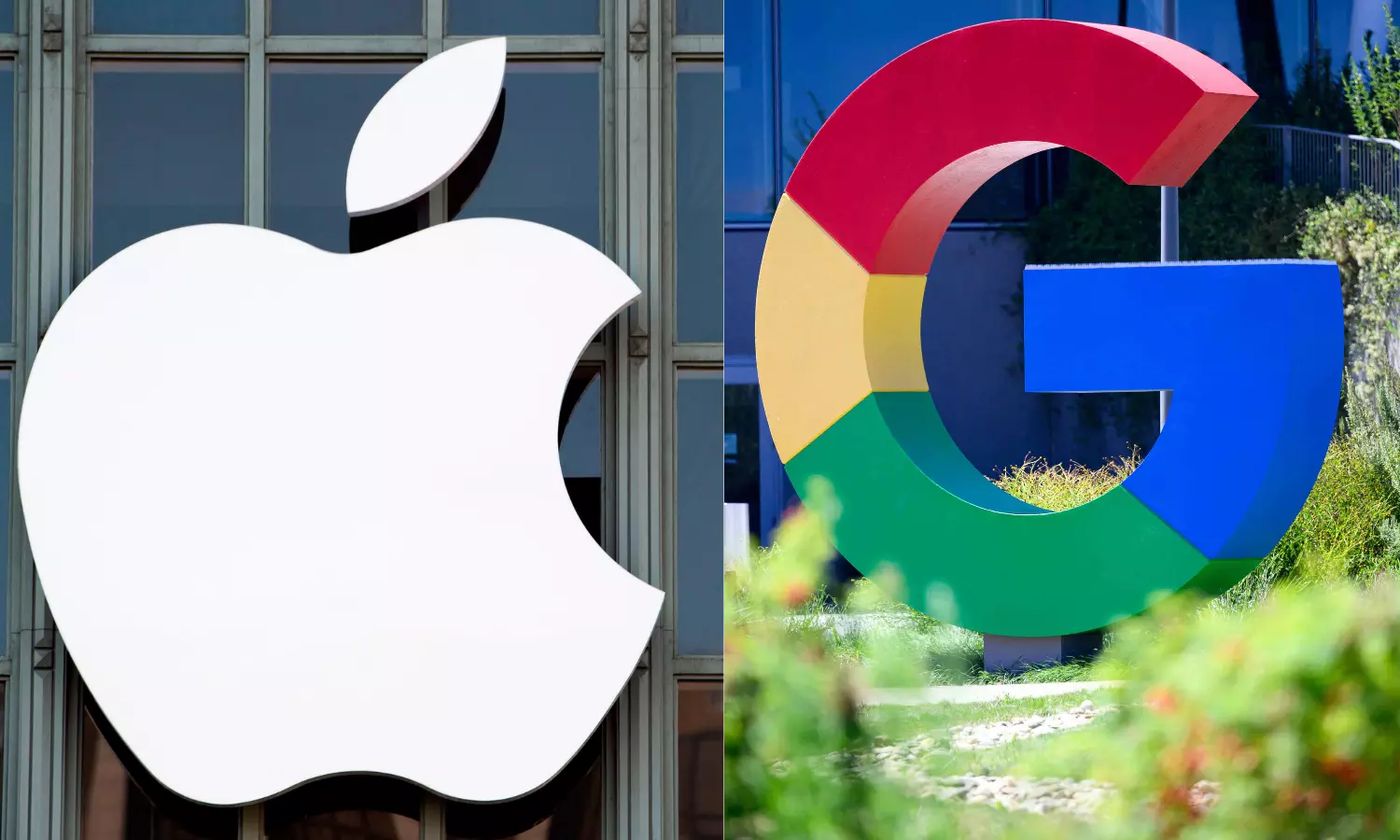How AI Thinks: A Look At The Limits Of Artificial Intelligence

Table of Contents
The Absence of True Consciousness and Understanding
One of the most significant limitations of AI is the absence of true consciousness and understanding. While AI systems can process vast amounts of data and perform complex tasks, they lack subjective experience and genuine comprehension of meaning in the human sense. Artificial intelligence operates based on algorithms and statistical probabilities, not on conscious awareness or intentionality.
- AI operates based on algorithms and data, not consciousness. Deep learning models, for example, identify patterns in data through complex mathematical calculations, but they don't "understand" the meaning behind those patterns in the way a human does.
- AI cannot feel emotions, have beliefs, or possess self-awareness. This lack of subjective experience fundamentally distinguishes AI from human intelligence. An AI can generate text expressing emotion, but it doesn't actually feel those emotions.
- Examples of AI's inability to grasp context or nuance. Consider the challenges AI faces with sarcasm, humor, or complex social situations. The subtleties of human communication often elude even the most advanced AI systems.
- The Chinese Room Argument and its relevance. This thought experiment highlights the distinction between manipulating symbols (as AI does) and truly understanding their meaning. An AI might flawlessly process Chinese characters, but it wouldn't necessarily understand the meaning behind them.
Limitations in Generalization and Adaptability
Another key limitation of current AI systems is their struggle with generalization and adaptability. AI's performance is heavily reliant on the data it's trained on. When faced with tasks or situations outside its training dataset, AI often falters. This inability to generalize knowledge effectively restricts its real-world applicability.
- Over-reliance on large datasets for training. AI models require massive amounts of data to function effectively, limiting their deployment in domains with limited data availability.
- Challenges in adapting to unforeseen circumstances or new information. AI systems are often brittle and struggle to adapt to unexpected inputs or changes in the environment.
- Examples of AI failures due to lack of adaptability. Self-driving cars, for instance, can struggle to navigate unexpected situations like heavy snow or unusual road conditions.
- The "black box" problem and the difficulty of understanding AI decision-making. The complexity of many AI algorithms makes it difficult to understand why they make certain decisions, raising concerns about transparency and accountability.
The Ethical Concerns Surrounding AI's Limitations
The limitations of AI have significant ethical implications. AI systems trained on biased data can perpetuate and amplify existing societal biases, leading to discriminatory outcomes. Furthermore, the lack of transparency in AI decision-making poses challenges for accountability and trust.
- Bias in training data leading to discriminatory outcomes. AI systems used in areas like loan applications or criminal justice can reflect and exacerbate existing biases present in the data they are trained on.
- Lack of transparency and accountability in AI decision-making. The "black box" nature of many AI algorithms makes it difficult to determine responsibility when things go wrong.
- Potential for misuse of AI technologies. The potential for malicious use of AI, such as in autonomous weapons systems or sophisticated disinformation campaigns, is a significant ethical concern.
- The need for ethical guidelines and regulations in AI development. Developing and implementing ethical guidelines and regulations is crucial to mitigating the risks associated with AI's limitations.
The Future of AI and Overcoming its Limitations
Despite its current limitations, ongoing research and development are actively working to address these challenges. Several promising avenues are being explored to enhance AI's capabilities and overcome its inherent constraints.
- Advancements in explainable AI (XAI). XAI aims to make AI decision-making more transparent and understandable, enhancing accountability and trust.
- Development of more robust and adaptable AI algorithms. Researchers are working on algorithms that can generalize better and adapt more effectively to new situations.
- The role of human-in-the-loop systems. Integrating human oversight and intervention can help mitigate the risks associated with AI's limitations and ensure responsible use.
- Integration of AI with other technologies to enhance its capabilities. Combining AI with other technologies, such as robotics and sensor networks, can create more powerful and adaptable systems.
Conclusion
Understanding how AI thinks, including its inherent limitations—lack of consciousness, limited generalization capabilities, and the ethical implications of its use—is crucial for responsible innovation. AI, while a powerful tool, is not a perfect replacement for human intelligence and judgment. It's essential to acknowledge its limitations to develop and deploy it responsibly, ensuring its benefits are maximized while mitigating potential risks. Continue exploring the advancements and challenges in this rapidly evolving field to promote responsible innovation in artificial intelligence.

Featured Posts
-
 Georgia Traffic Stop Turns Deadly Deputy Killed Another Wounded
Apr 29, 2025
Georgia Traffic Stop Turns Deadly Deputy Killed Another Wounded
Apr 29, 2025 -
 Perplexitys Ceo The Fight For Ai Browser Dominance Against Google
Apr 29, 2025
Perplexitys Ceo The Fight For Ai Browser Dominance Against Google
Apr 29, 2025 -
 Should Investors Worry About Current Stock Market Valuations Bof As Insight
Apr 29, 2025
Should Investors Worry About Current Stock Market Valuations Bof As Insight
Apr 29, 2025 -
 From Humble Beginnings The Story Of Macario Martinezs Rise To National Prominence
Apr 29, 2025
From Humble Beginnings The Story Of Macario Martinezs Rise To National Prominence
Apr 29, 2025 -
 Fatal Shooting Of Georgia Deputy During Traffic Stop
Apr 29, 2025
Fatal Shooting Of Georgia Deputy During Traffic Stop
Apr 29, 2025
Latest Posts
-
 Inside Job Millions Stolen Via Office365 Executive Account Hacks
Apr 29, 2025
Inside Job Millions Stolen Via Office365 Executive Account Hacks
Apr 29, 2025 -
 Cybercriminal Accused Of Millions In Office365 Executive Email Theft
Apr 29, 2025
Cybercriminal Accused Of Millions In Office365 Executive Email Theft
Apr 29, 2025 -
 Federal Charges Filed Millions Stolen Through Executive Office365 Compromises
Apr 29, 2025
Federal Charges Filed Millions Stolen Through Executive Office365 Compromises
Apr 29, 2025 -
 Office365 Data Breach Millions Stolen Suspect Arrested
Apr 29, 2025
Office365 Data Breach Millions Stolen Suspect Arrested
Apr 29, 2025 -
 Ohio Train Derailment Aftermath Prolonged Presence Of Toxic Chemicals In Buildings
Apr 29, 2025
Ohio Train Derailment Aftermath Prolonged Presence Of Toxic Chemicals In Buildings
Apr 29, 2025
